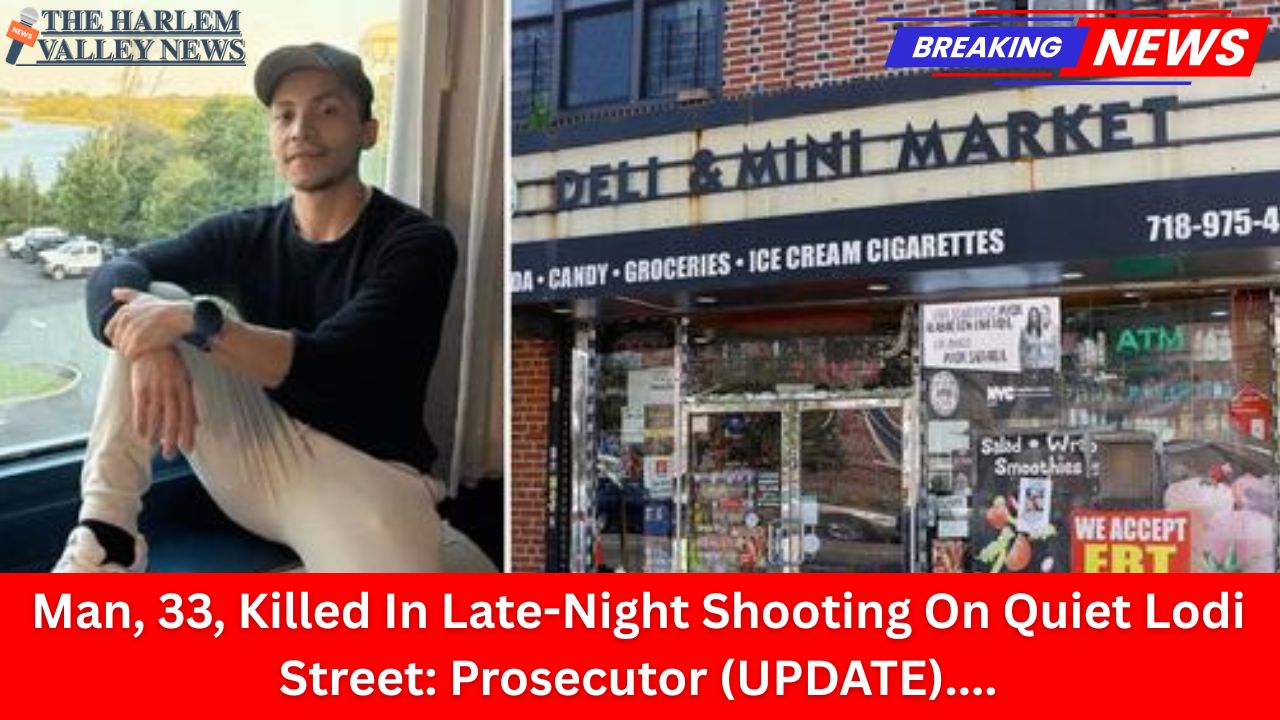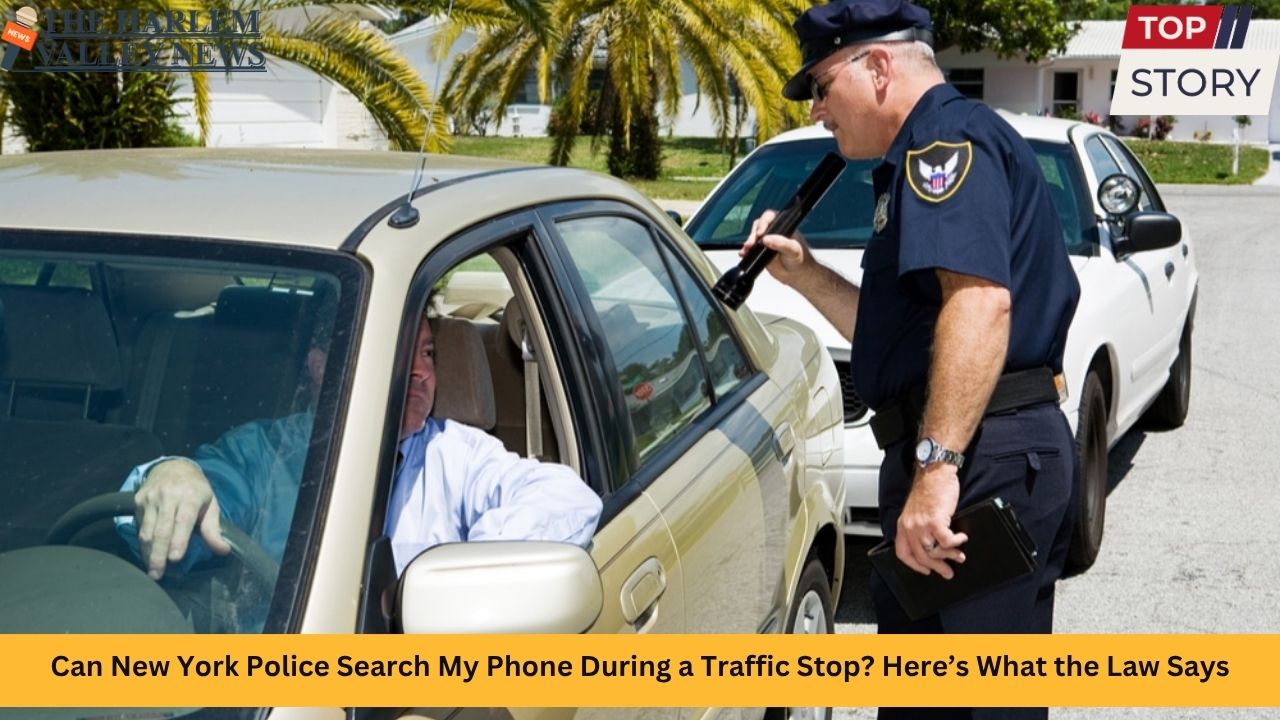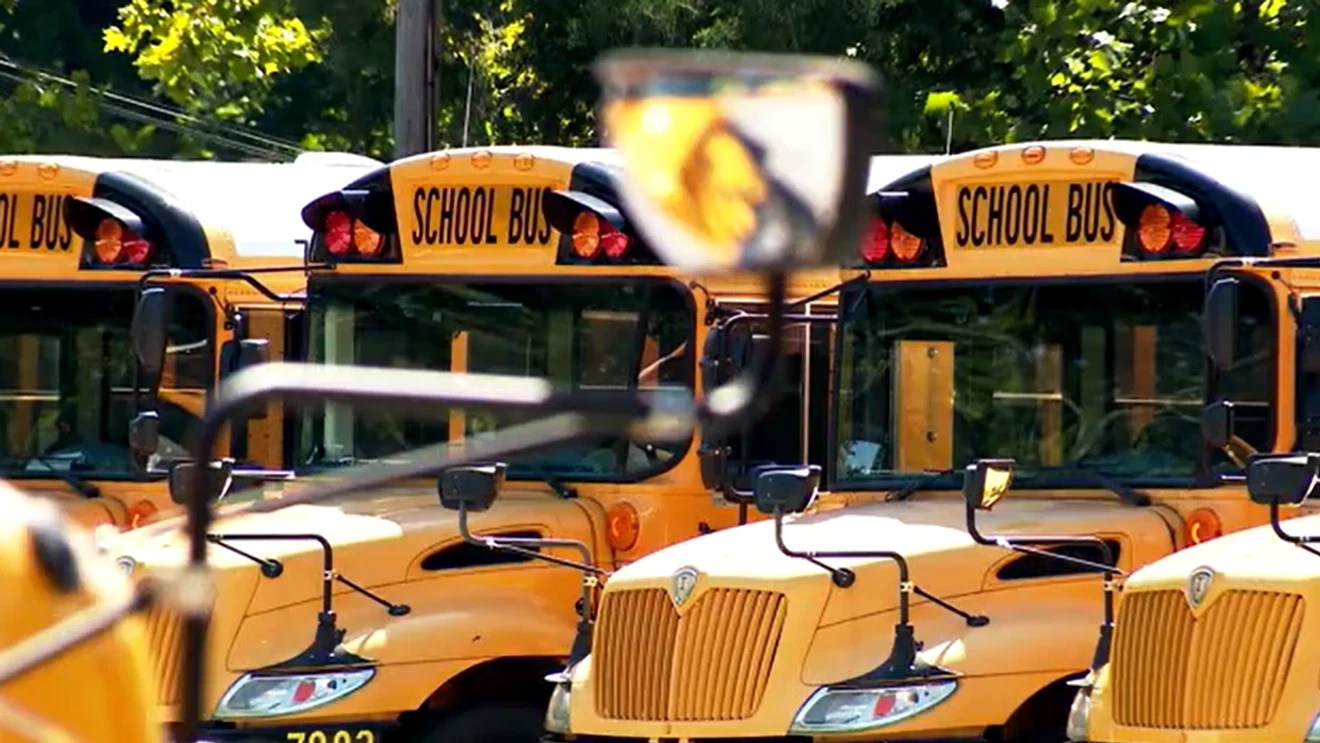New York, US: When 15-year-old Marcus Hernandez* left home that hot July afternoon, he never imagined he would barely make it back. In a moment that would forever change his life, Marcus became the latest New York City teen to fall victim to the dangerous trend of “subway surfing”—riding atop moving subway trains for social media glory.
A Split-Second Risk, A Lifetime of Reminders
Clutching his hospital blanket, Marcus recounted the harrowing events that brought him here. “It was supposed to be just a rush. I wanted to impress my friends,” he confessed, his voice barely above a whisper. With a nudge from peers, Marcus climbed onto the roof of a No. 7 train as it rattled towards Queensboro Plaza. The wind whipped past, blending fear and adrenaline into a single, dizzying sensation.
Suddenly, a sharp jolt—the train lurched near a tunnel, causing Marcus to lose his balance and slam hard against a metal beam. The impact knocked him unconscious. As Marcus tumbled, only quick-thinking bystanders and fast EMS response saved his life. He woke in the hospital, battered and scarred, but alive.
A Widespread, Deadly Trend
Marcus’s story is part of a troubling uptick in subway incidents across New York. In 2025 alone, multiple teens have been killed or critically injured while attempting similar stunts. During that same 4th of July weekend, another 15-year-old tragically lost his life falling from a No. 7 train. Police and families alike have sounded the alarm, highlighting the lethal risks posed by a trend fueled by social media videos and peer competition.
Local officials say that, despite strong deterrence campaigns and PSAs flooding stations and online platforms, the allure of subway surfing remains dangerously persistent among city youth. “Kids want to fit in. They see the likes, the shares, the viral challenges,” said one city health official. “But they don’t see how quickly it can end in tragedy.”
The Aftermath: Family and Future Changed Forever
Marcus’s family remembers the call they received with chilling clarity. “We almost lost him. For what? A few seconds of ‘likes?’” his mother asked, holding back tears. The emotional and physical toll has been immense. Marcus still struggles with headaches and lingering trauma, and his family circles even closer, determined not to let his story be forgotten.
His older sister shared their plea: “These are real lives. Real families. I wish every kid thinking about subway surfing could feel what we’re feeling right now before making that choice.”
A Personal Plea to Peers
Now recovering, Marcus feels a new responsibility. He’s begun speaking at local schools and youth centers, candidly describing his ordeal to peers in hopes that his near-tragedy can serve as a wake-up call. “You think it won’t happen to you… I thought the same. One moment of excitement can take away your whole future.”
He urges his peers: “Don’t risk your life for a video. If you see someone planning to subway surf, speak up. It isn’t worth what you and your family would go through.”
A City’s Challenge, A Generation’s Choice
As New York City continues grappling with the dangers of high-risk viral trends, families, schools, and transit officials reinforce the same message: Real bravery means walking away—choosing your future over fleeting attention.
For Marcus, the scars serve as a daily reminder. “I got lucky,” he says, “but not everyone gets a second chance. Don’t gamble yours.”
















Leave a Reply